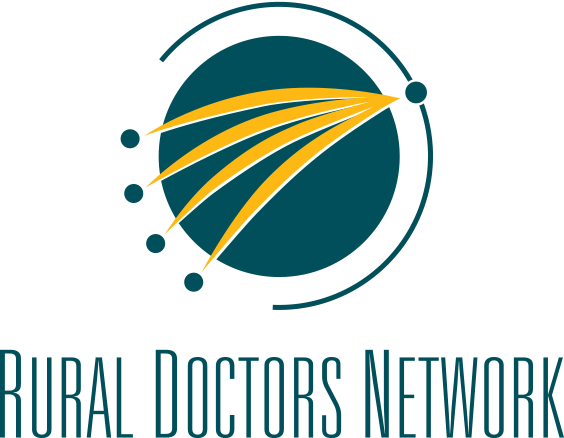About Collaborative Care
The Collaborative Care Program is a community-centred approach to addressing the health care challenges in rural and regional NSW. These challenges include the recruitment and retention of health practitioners, financial sustainability of health services, and continuity of care. The Program is coordinated by Rural Doctors Network (RDN) and is supported by NSW Health to work with other local, state, and national stakeholders to provide rural communities with the tools and support they need to solve complex health challenges.
The Collaborative Care approach is an extension of RDN’s town-based health planning approach, which has proven successful for more than 35 years. The Program works with local health professionals and communities to create a primary healthcare access model that fits their needs. It does this by bringing communities from neighbouring areas together to develop shared priorities and solutions.
How does it work?
The Collaborative Care Program adopts a step-by-step approach to community-based primary health care planning. The coordinating organisations form a project team that guides their communities through the five planning phases shown below. Community engagement is a central part of each step.
1. Investigate needs: What are the primary health care needs in the community?
2. Prioritise needs: Which of these needs should we tackle first?
3. Co-design solutions: Decide together how we could improve access to these important services for the community.
4. Implement solutions: Put the plan into practice and make sure communities know what to expect.
5. Reflect & learn: Look at what is working well and where improvements can still be made.
It is often an iterative process. As the community stakeholders continue to collaborate they uncover more opportunities to improve access to primary healthcare in their communities. The learnings from previous activities lead to new investigations, new opportunities, and new ideas to be trialled.
For more information contact Justyn Walker, Program Lead - Collaborative Care, Rural Doctors Network, on 02 4924 8066 or jwalker@nswrdn.com.au










